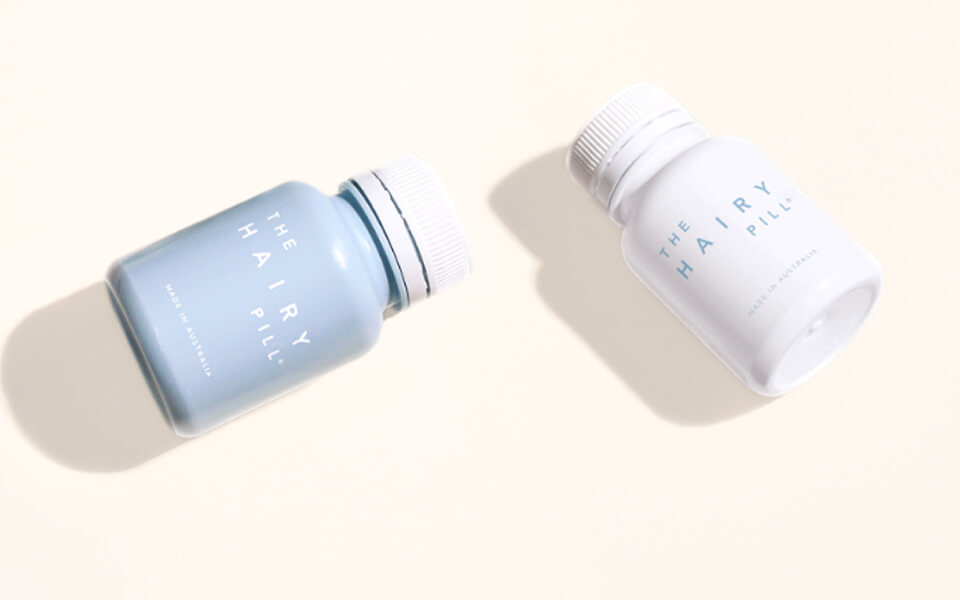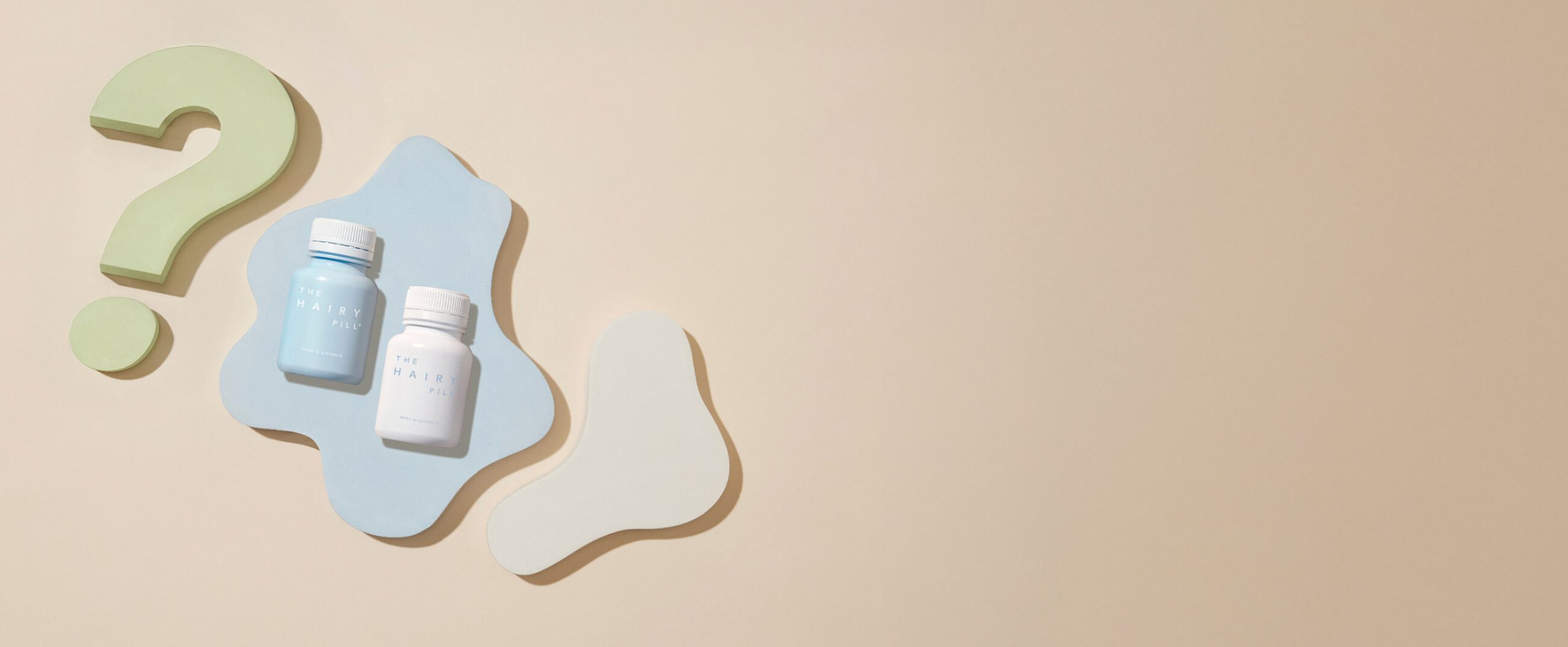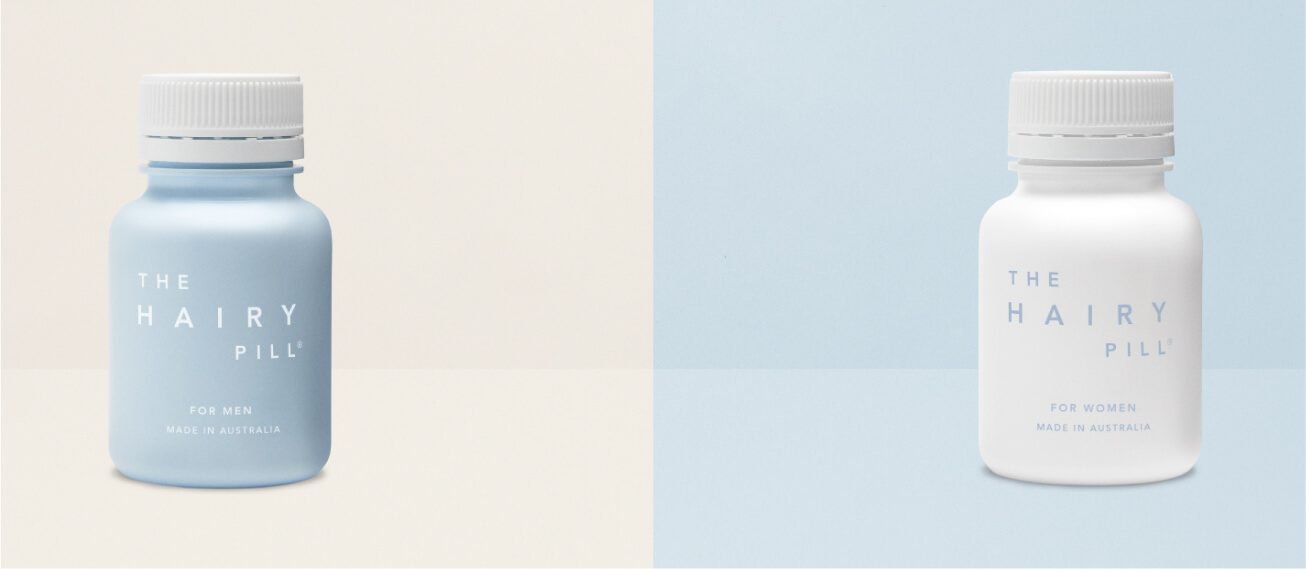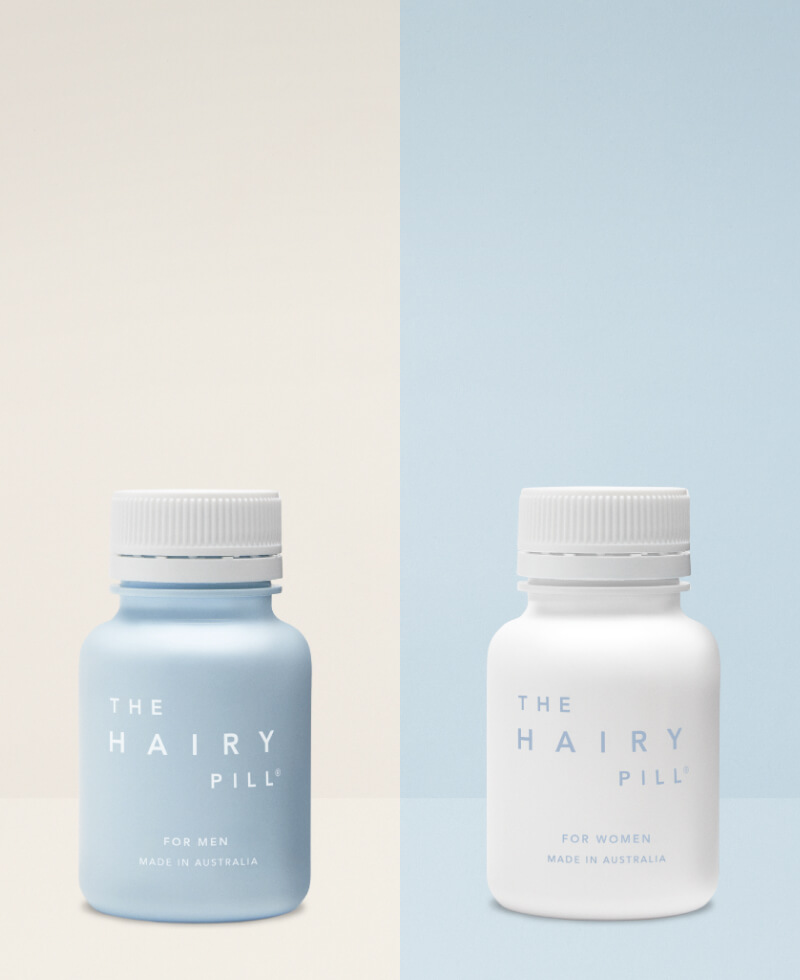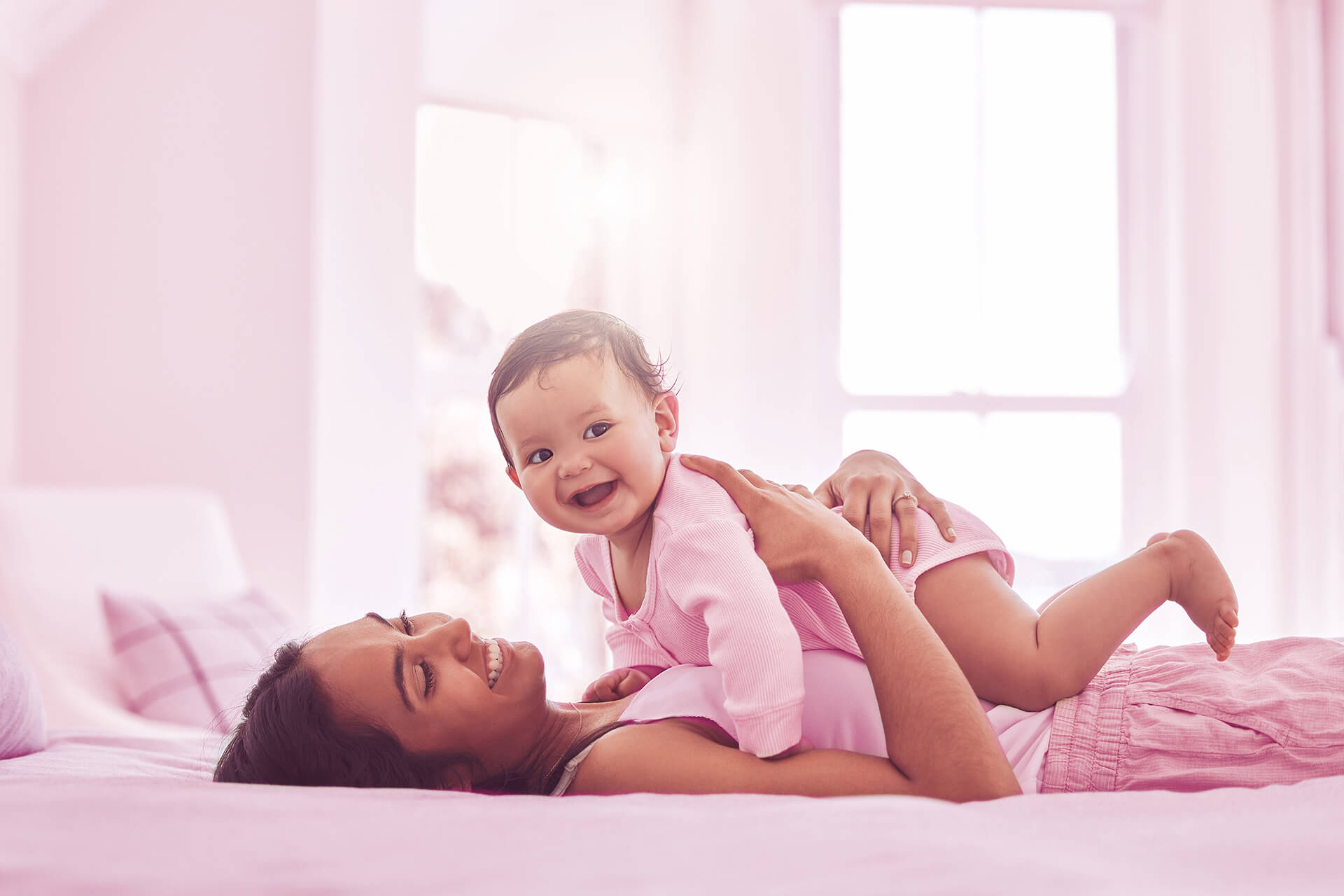More hair on the brush than you’re comfortable with? Hair loss may be more common in men but anyone can experience it.
Female hair loss is a thing — and it’s more common than you think. The Australian Journal of General Practice reports that roughly 49% of women will be affected by hair loss at some point in their life.
It just doesn’t present itself in the same way as men.
Hair loss in women can be temporary or permanent. It can affect your scalp or your entire body. It usually begins with a gradual thinning of the hair part, followed by diffuse hair loss from the top of the head. Receding hairlines and female balding are rare.
Female hair loss can have a big impact on a woman’s wellbeing and quality of life. But with Jada Pinkett Smith and Sex and the City’s Kristin Davis both opening up about their struggles with alopecia, it’s time to normalise female hair loss — starting with understanding it better. Looking for Womens Hair Loss Treatment? Chat to our team today!
So let’s look into the common causes of hair loss in women, along with symptoms and treatments.
Common Hair Loss Symptoms for Women
Before you panic, it’s worth noting that on average, we all lose 50 to 100 hairs a day. It’s normal. It’s just not noticeable because new hair is replacing the old just as fast.
When your hair starts to thin and hair loss becomes visible, it’s because the new hair isn’t replacing the strands you’ve just lost.
We’re familiar with the way hair loss presents itself in men. A receding hairline. A balding pate.
However, we’re so wired to see it as a male trait that, for women, it can come as a shock to look in the mirror and see thin wisps of hair where there used to be thick locks.
There’s no one-size-fits-all hair loss symptom. Some women lose clumps of hair in a short space of time while for others, it’s a gradual thinning over time.
Worried you’re on the path to barely-there hair? Here are some of the signs to look out for:
- Gradual thinning on the top of the head — you might notice your part thinning out or getting wider or your hairline receding.
- Coin-sized circular or patchy bald spots — your scalp may feel itchy or painful just before the hair falls out.
- Chunks of hair on your brush or in the drain — your hair may start falling out in handfuls during washing or combing. Onset can be sudden (often after an emotional or physical shock) but is usually temporary.
- Total body hair loss — commonly caused by medical treatments (such as chemotherapy). The hair usually grows back.
The Stages of Female Hair Loss
Hair loss is common enough among women that there’s an identifiable female hair loss pattern — rated according to the Ludwig Classification. This scale is so effective that we use it in our online form to help us tailor our hair growth treatment to you.
- Type I is almost imperceptible and deemed mild, with hair loss typically only noticeable when a part is made right down the centre of the scalp.
- Type II involves a more obvious shedding and thinning of hair. You might notice less volume in your locks and a broadening of the mid-line part.
- Type III is more extreme. There’s widespread thinning and you may be able to see through to the top of your scalp.
Discover if The Hairy Pill® is right for you.
Take our short hair health quiz and we will work out if The Hairy Pill® can help you and your hair.
Take the quizThe Main Causes of Hair Loss in Women
There are many reasons why your hair might be thinning out or shedding more than usual. It could be a medical condition, medication, or stress.
Hereditary Hair Loss
Hair loss can be a hereditary condition (a condition that has a name: androgenetic alopecia or female pattern baldness).
And yep, women can have it too (it’s actually the leading cause of hair loss in women).
Androgenetic alopecia typically starts between the ages of 12 and 40 but it happens so gradually that it may take years (or even decades) to become noticeable.
This type of hair loss has a predictable pattern for women — hair thins along your crown.
So what causes it?
To keep it brief and not-too-sciencey, your hair growth cycle goes through stages.
The anagen phase is when your hair grows. Except with androgenetic alopecia, that phase is shortened. And the time between hair shedding and hair growth is lengthened.
So it takes longer for new hair to replace what’s been lost.
Because your hair follicles also shrink, they produce shorter, thinner hairs rather than the thicker, more pigmented hairs you’re used to.
Medical Conditions Causing Hair Loss
Some medical conditions can lead to hair loss, usually because they either:
- Disrupt the hormones
- Replace the hair follicles with scar tissue
- Are autoimmune (the body attacks itself)
Women with iron or B vitamin deficiencies can also experience hair loss. A simple visit to the doctor and a quick blood test will tell you whether you have a deficiency and need to take a supplement.
Trichotillomania, a disorder related to Obsessive Compulsive Disorder, is worth a particular mention. People with this disorder have a compulsion to pull or remove their hair, creating a thinner mop on top.
Other medical conditions leading to hair loss may include:
- Diabetes
- Lupus
- Hypothyroidism or Hyperthyroidism
- Hodgkin’s Disease
- Hashimoto Disease
- Hypopituitarism
- Coeliac Disease
- Ringworm
- Trichorrhexis Invaginata
- Addison’s Disease
- Lichen Planus
- Scleroderma
Hair Loss from Medications
Hair loss may be a side effect of medical treatment or a medication you’re taking, such as:
- Retinoids
- Beta-blockers
- Calcium channel blockers
- Antidepressants
- Nonsteroidal anti-inflammatory drugs (NSAIDs)
Particular Hair Styling Practices Causing Hair Loss
Traction alopecia is a type of hair loss that usually occurs around the frontotemporal area because of tight or excessive hair styling.
Hair practices and styles that can be particularly high risk include:
- Tight buns or ponytails
- Weaves
- Hair extensions
- Cornrows
- Dreadlocks
- Tight braids
- Using curling irons
- Using wigs
- Bleaching
- Colouring
Traction alopecia affects one-third of women of African descent who wear tight braids (such as cornrows and dreadlocks), weaves and hair extensions for long periods.
The fix is usually simple here: Let your hair down!
So what about overdoing it on the hairdryer? To an extent, it’s true that heating your hair excessively can dehydrate it. This makes it vulnerable to breakage but as we’ve said before, it’s a common hair loss myth that using a blow dryer will lead to all your hair falling out.
Stress Hair Loss
Yes, stress hair loss is a thing. However, it’s usually temporary.
Under intense stress, your body might shut down certain processes, including hair production. This type of temporary hair loss is often called telogen effluvium.
The resulting extra shedding and thinning of hair are typically only noticeable about three months later.
Over time, stress hair loss resolves itself as your follicles start producing new hair growth again.
Pregnancy Hair Loss
Hair loss AFTER pregnancy is pretty common. This is because many women gain hair during pregnancy (thanks to a rise in oestrogen), so more hair than usual will fall out in the months following labour as your oestrogen levels return to normal.
If you experience a drop in oestrogen during pregnancy, you may experience female hair loss.
This might be caused by:
- Going off the oral contraceptive pill
- A hormonal imbalance during pregnancy
- Experiencing an abortion, miscarriage, or stillbirth
Either way, hair loss caused by pregnancy is typically nothing to worry about because it’s usually temporary.
Menopause Hair Loss
Menopause hair loss happens for the same reason you may get hair loss in pregnancy: fluctuating hormones.
During menopause, your body starts producing less oestrogen and progesterone, the hormones that make your hair grow faster and stay on your head longer. With fewer of these hormones, your hair starts to thin.
Menopause can also trigger an increase in the production of androgens, which are male hormones. Androgens shrink your hair follicles, leading to more hair loss.
Ready to start your hair growth journey?
- Free express shipping
- Unlimited doctor consultations
- Simple once a day treatment
Female Hair Loss Treatment
Hair loss may be preventable or even reversible — if you catch it early. If left too long, it may be permanent.
The only way to tell how much hair you can regrow is to start treatment. So let’s take a look at the most common treatments for female hair loss.
Dietary and Lifestyle Changes
Many forms of hair loss, including those caused by stress, hormonal, or dietary changes, are usually temporary.
In some circumstances, it’s a case of waiting it out until the underlying causes of the hair loss resolve themselves.
Certain things — including nutritional supplements — may help the process along. Lifestyle changes that may help address the underlying causes of hair loss may include:
- Eating a balanced diet, with enough protein, vitamins, and minerals each day
- Reducing excessive heat styling and hair dying
- Exercising regularly
- Practising meditation
- Getting an adequate amount of sleep
If you’re losing hair in big clumps, you might want to talk to a medical professional for a more personal hair loss treatment (or you can start the process right here in just 5 minutes).
Hair Transplant Surgery
Transplanting hair from one hairy part of the head to another barely-hairy area is a common procedure for male hair loss.
However, it’s not a common treatment for female pattern hair loss, since it presents itself in dispersed hair loss and thinning rather than specific bald spots.
Laser Therapy
Low-level laser therapy (LLLT) is an approved treatment for hereditary hair loss in women. Although it is considered a safe and effective treatment for female pattern hair loss, more studies are needed to determine the long-term effects of a standardised treatment regimen.
Hair Loss Medication: The Hairy Pill
The Hairy Pill is something entirely different. All science and no gimmicks. Researched, tested, refined, and patented by world-renowned dermatologist Professor Rodney Sinclair.
This is a prescription hair loss treatment without the hassle. One pill a day, personalised to you, accessible through an online form with ongoing doctor check-ins.
So how does it work?
Prescription Hair Loss Treatment & How It Works
The Hairy Pill contains 2 active ingredients and is supercharged with a personalised mix of vitamins, essential elements, and amino acids to accelerate hair growth.
We have an easy 5-step process that takes the hassle out of hair growth.
Step 1: You fill in an online form (that takes less than 5 minutes).
Step 2: A doctor assesses your answers to prescribe your personalised treatment.
Step 3: A pharmacist calls you to talk through the medication and personalise it to you. Vegan? Vegetarian? Allergies? No problem. We can make a pill you won’t hesitate to take.
Step 4: Your pill is shipped to you via express post and you start taking it once a day.
Step 5: Included in your subscription are quarterly doctor phone consults so you can continue tailoring your treatment to your needs.
Are you ready? Get started.


